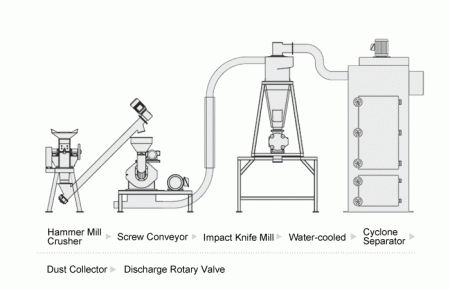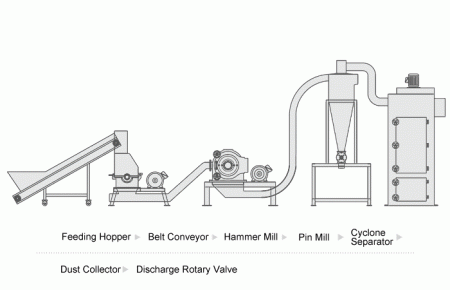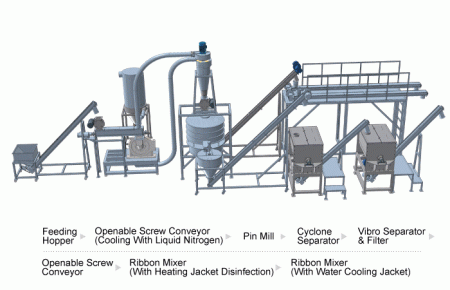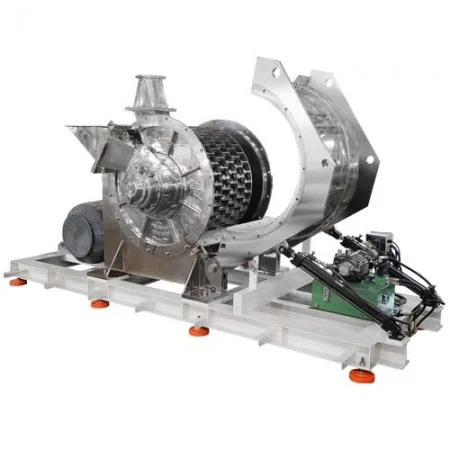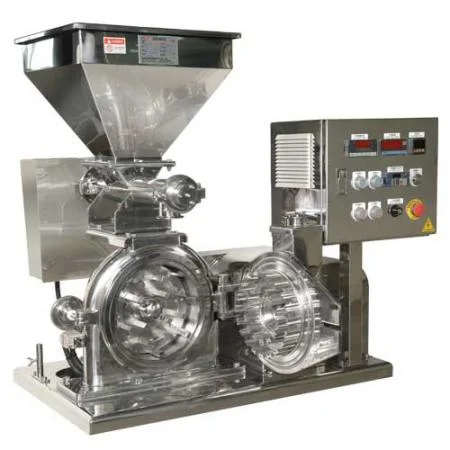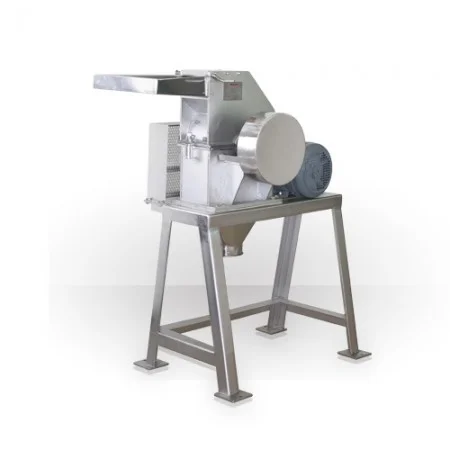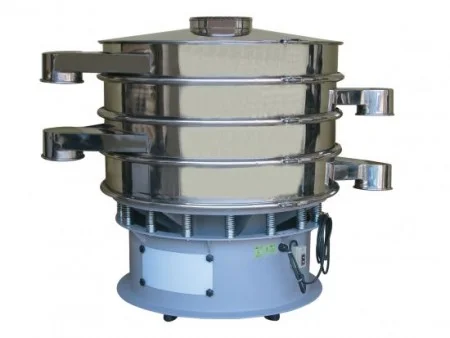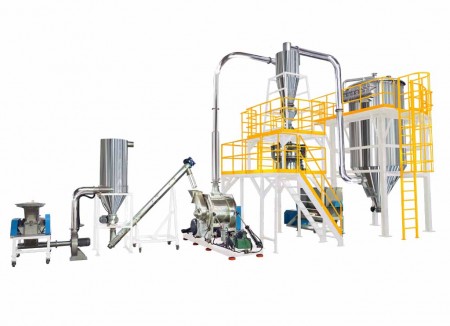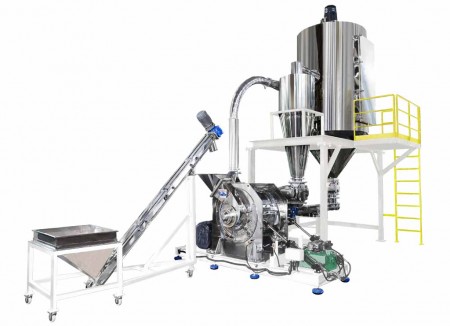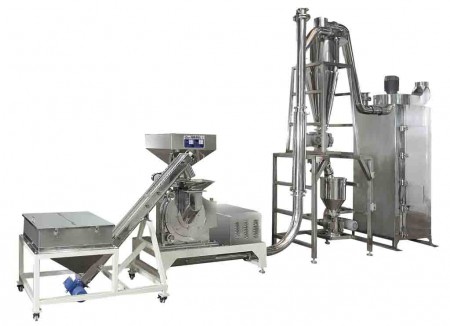Cần một Dây Chuyền Sản Xuất Hoàn Chỉnh từ Gừng Tươi đến Bột Đóng Gói?
Mill Powder Tech cung cấp các hệ thống chìa khóa trao tay tích hợp kết hợp giữa máy nghiền búa tiền nghiền, máy nghiền Turbo mịn, phân loại hạt bằng máy phân tách Vibro và khả năng trộn bằng máy trộn Ribbon trong một dây chuyền sản xuất liền mạch. Hệ thống Nghiền, Xay, Trộn Thực phẩm của chúng tôi loại bỏ nhu cầu về nhiều nhà cung cấp thiết bị và đảm bảo sự tương thích hoàn hảo giữa các giai đoạn chế biến. Giải pháp hoàn chỉnh này giảm thời gian lắp đặt, tối thiểu hóa việc xử lý vật liệu và tối ưu hóa hiệu suất sản xuất của bạn. Yêu cầu tư vấn để thiết kế một dây chuyền chế biến gừng tùy chỉnh phù hợp với yêu cầu công suất và hạn chế không gian của bạn.
Các giải pháp chế biến gừng tích hợp của chúng tôi không chỉ dừng lại ở việc xay mà còn bao gồm các hệ thống trọn gói hoàn chỉnh kết hợp khả năng nghiền, xay và trộn. Hệ thống Nghiền, Xay, Trộn Thực Phẩm tích hợp nhiều giai đoạn xử lý để tối ưu hóa quy trình sản xuất, trong khi Bộ phân tách Vibro của chúng tôi đảm bảo phân loại kích thước hạt chính xác với khả năng sàng lọc lên đến 4 lớp. Với 70 năm kinh nghiệm sản xuất từ năm 1940, Mill Powder Tech cung cấp khả năng thiết kế tùy chỉnh, thiết bị được chế tạo chính xác và hỗ trợ kỹ thuật xuất sắc để tối đa hóa năng suất và lợi nhuận cho các nhà chế biến gia vị. Hệ thống của chúng tôi được thiết kế để dễ bảo trì, thay thế màn hình nhanh chóng và đảm bảo chất lượng đầu ra đồng nhất, làm cho chúng trở nên lý tưởng cho sản xuất bột gừng số lượng lớn và các ứng dụng xay gia vị khác nhau bao gồm ớt, hợp chất hương liệu và sản phẩm gia vị hỗn hợp.


